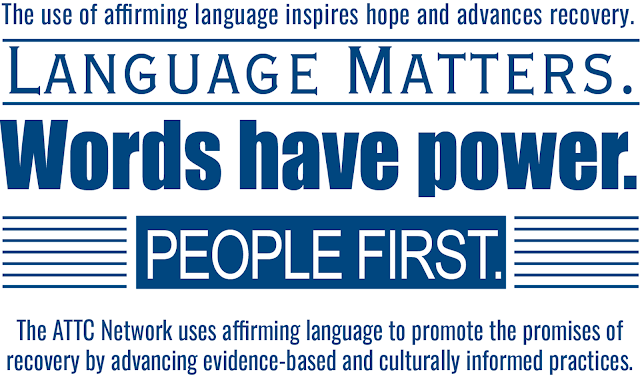By Maureen Fitzgerald, communications manager,
Great Lakes ATTC, MHTTC, and PTTC, and Scott Gatzke, director of dissemination, Great Lakes ATTC, MHTTC, and PTTC
NIATx began as a demonstration project in which
39 substance use treatment organizations tested process improvement tools borrowed
from industry and manufacturing to improve treatment access and retention.
The
success of the NIATx approach surpassed expectations. Grantees reported
impressive improvements in show rates, continuation, and even the financial
bottom line of their organizations. NIATx director Dave Gustafson and his team
realized they needed a plan to disseminate the model and meet the growing
demand for NIATx training. A key part of the dissemination plan was to host an
annual national conference.
Scott
Gatzke, senior NIATx trainer and director of dissemination, joined the NIATx
team in 2006 to make that plan a reality. “The Summit was also an event to
celebrate the success of NIATx change teams and share best practices,” he adds.
“What
set the NIATx model apart and what really motivated change teams who attended
the event was the impact of making small changes that quickly yielded great results,”
says Scott. “The annual Summit tapped into that energy with built-in peer
networking. We also made a point to select speakers from outside the field to inspire
new ideas and creative thinking.”
Each year of the Summit
(2007–2013), Scott used the NIATx approach to improve the planning and
execution of the event. “We analyzed attendee feedback for improvement
suggestions, designed PDSA cycles for the processes needing improvement, and
tested them through walk-throughs focusing on the customer experience.”
Disseminating the NIATx model
NIATX Change Leader Academy: Rapid Cycle Change for Teams
Scott
was also one of the team members who helped develop and refine the NIATx Change Leader Academy (CLA). “The CLA was created to meet
the growing demand for NIATx training and make the approach available to any
organization looking for as easy-to-use model for making improvements,” says Scott.
“Since launching in 2006, the CLA has trained hundreds of change leaders in
practically every state in the country.”
The CLA also
demonstrates how NIATx has expanded to reach new groups outside the original
audience of substance use treatment providers. “CLAs in recent years have
helped change teams in diverse areas such as culturally and linguistically
appropriate services, workforce development, and suicide prevention programs in
schools.”
As NIATx
has expanded to new areas, the CLA has also adapted in response to customer
needs. “We shortened the original two-day in-person training to one day to
reduce travel time,” says Scott. “When COVID-19 hit, we developed a virtual CLA,
and our newest version is now available on-demand as an online course through HealtheKnowledge: NIATx Change Leader Academy: Rapid-Cycle Change for Teams.”
Todd
Molfenter, Director of the Great Lakes ATTC, MHTTC, and PTTC, created content
for the course.
“We’re
excited to offer training on the NIATx model in a self-paced online learning
environment,” adds Scott. “The course lays out the core elements of the NIATx
model using the case example of a probation department trying to improve
treatment show rates for juveniles coming out of detention—reinforcing the
concept that while NIATx was designed originally for substance use treatment
field, the approach can work in any setting.”
The
HealtheKnowledge course consists of four 15–30-minute interactive modules that give learners the
tools to sketch out a change project. "They'll also learn how to apply the
tools separately from a change project."
The
course will also be the first component of an expanded online offering that
NIATx coach Mat Roosa is now developing. “The working title for this course is
NIATx CLA 4.0,” says Scott. “It will combine the core HealtheKnowledge course
with a series of short videos, quizzes, and a step-by-step change project
worksheet.”
Scott
Gatzke is a senior trainer/coach of the NIATx process
improvement model and director of dissemination for the Great Lakes
ATTC, MHTTC, and PTTC. Scott is also the collaborative learning
manager for the Behavioral Health Excellence-Technical Assistance Center. Scott
has more than 15 years of experience coordinating state-wide and national
conferences, trainings, and learning collaboratives for behavioral health and
social service professionals and educators.






